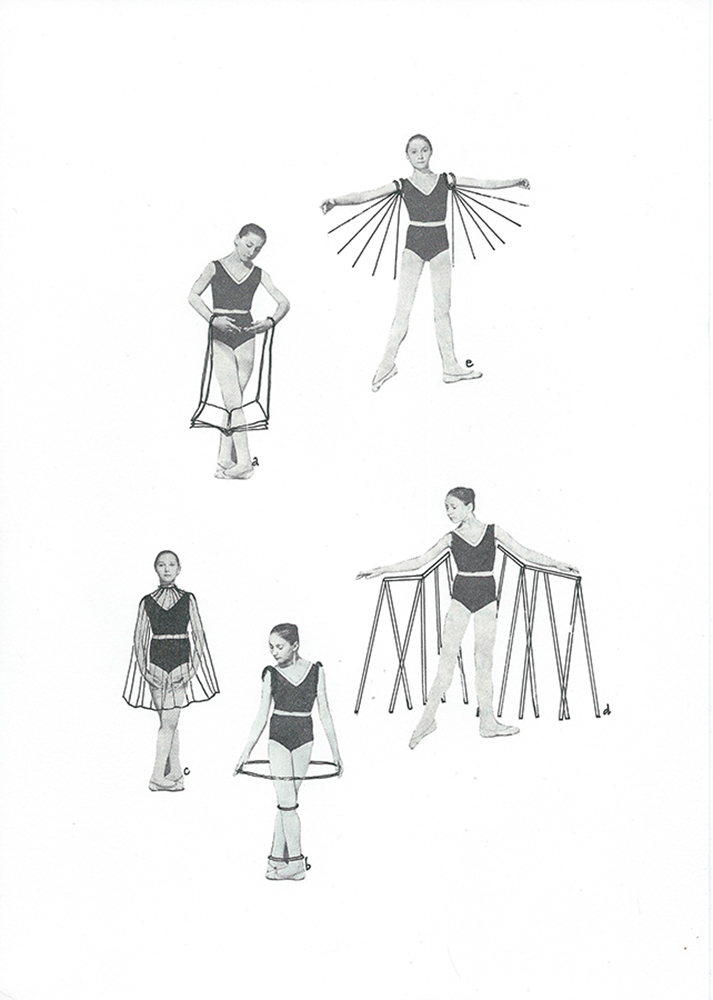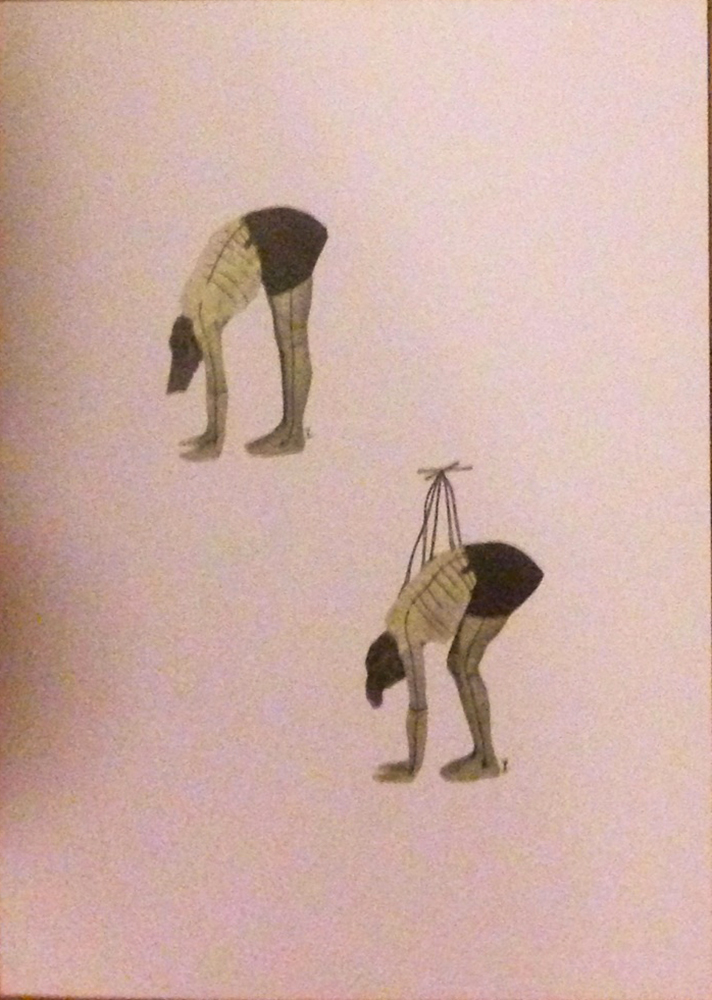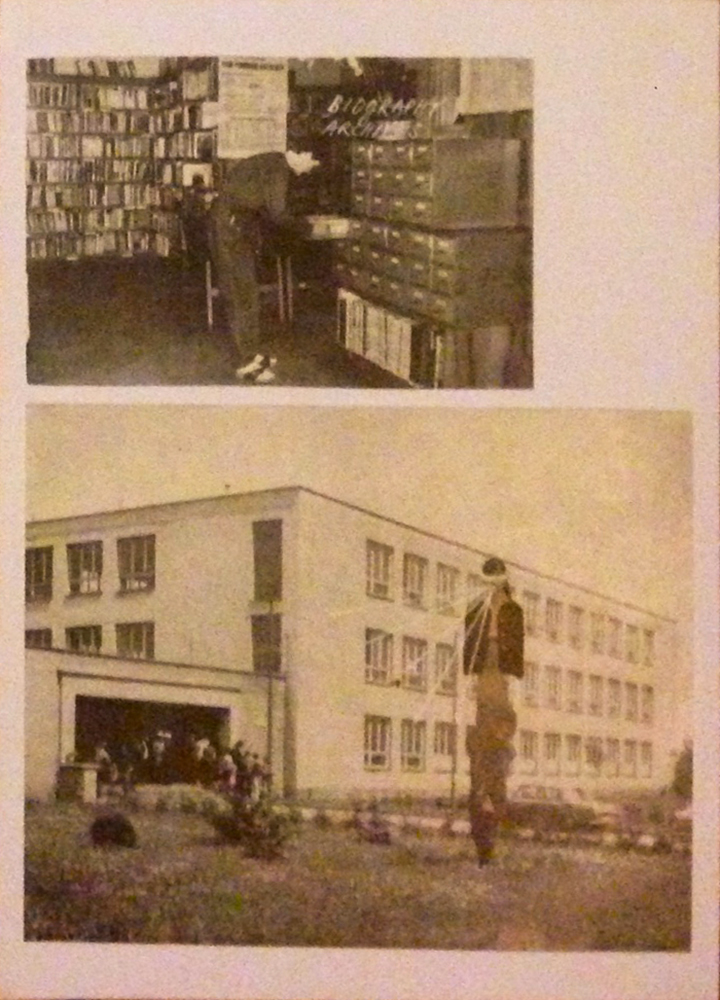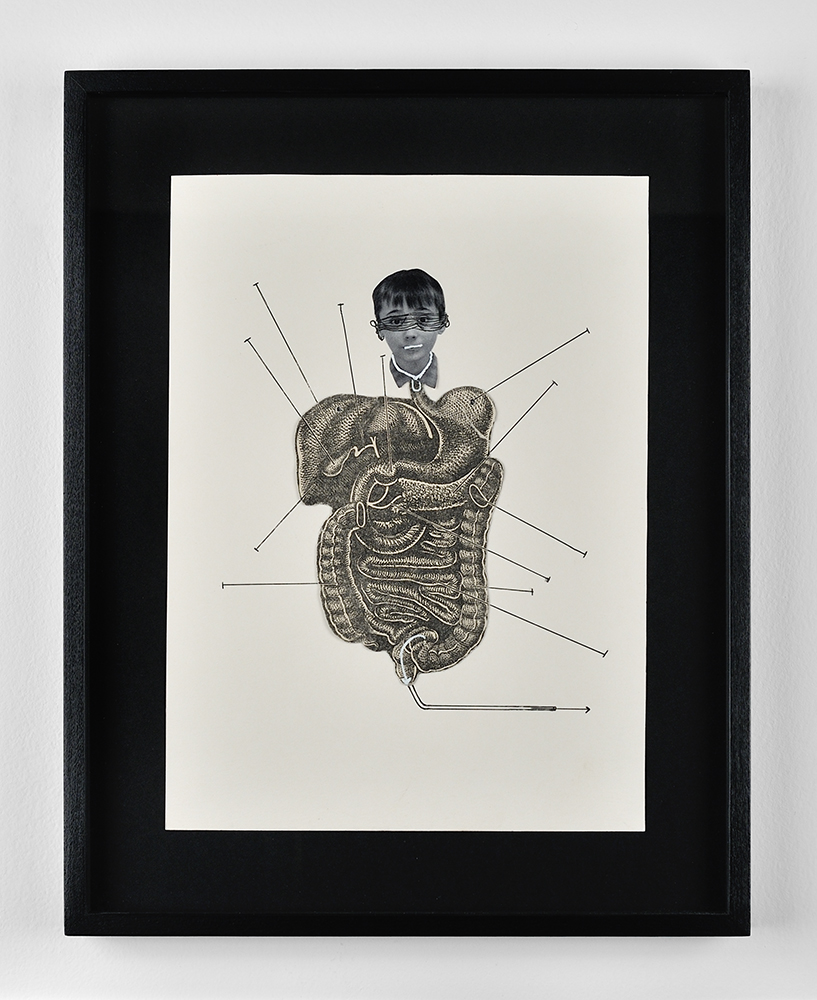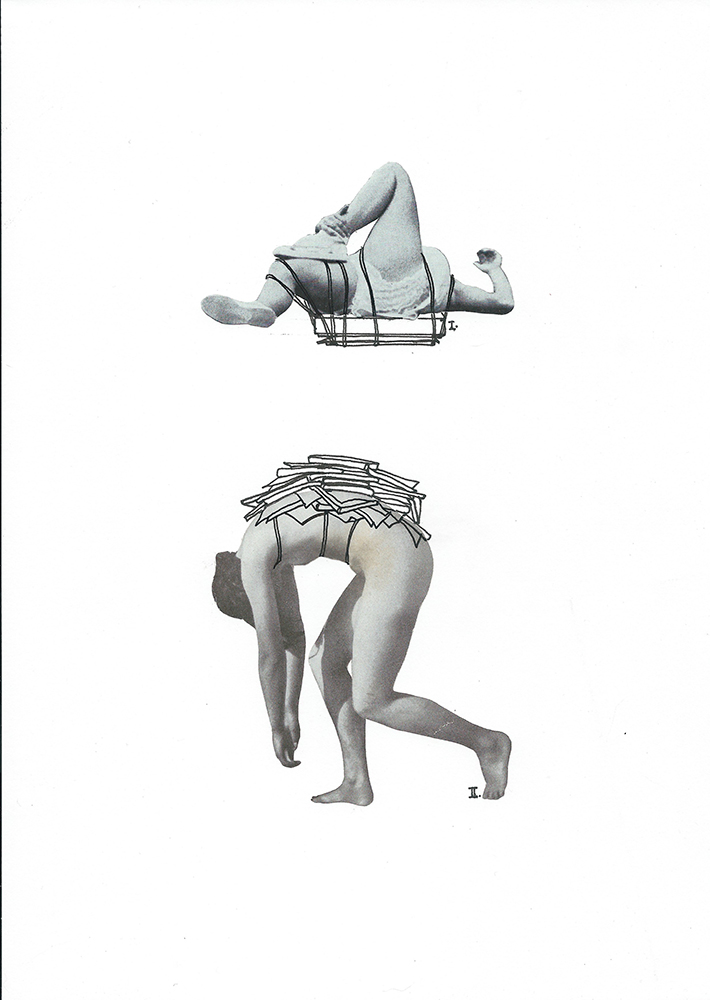Curating : Andreas Fogarasi
Exhibition in the Framework of Off Biennale Budapest
The Off Biennale Budapest is a self organised project created by independent curators and artists based in Budapest. One of the aims is to develop and rely on structures that are not state funded, in a time when Hungary’s right-wing government drastically alters the institutional structures in favour of a conservative and nationalist agenda or withdraws funding from contemporary art altogether.
The exhibition at Cortex Athletico shows the work of four artists dealing with structures both spatial and societal and the strategies of escaping or challenging those structures. Although there are numerous conceptual connections between the artist of the show, the complexities and psychological momentum their work develops suggests to let go of any categorizing concept and trust the power of the individual works as well as the rich dialogues they evoke.
György Jovánovics’ sculptural work is strongly conceptual as well as informed by art history and literature. His meticulously constructed plaster reliefs build on the tension between surface and three-dimensional space, as well as between order and complexity. While living in Berlin in the 1980s he produced a series of colored plaster reliefs that seem to unite Turneresque graduations of colour with the advent of new “wild painting” of the 1980s. His two 1995 objects, enigmatically titled “House of the Lavender Cultivator” and “House of Lavender Cultivator’s wife” turn his investigations of light and shadow into almost constructivist architectural models.
Eva Kotátková’s collages deal with the individual’s relationship to normative social structures and institutions, such as the government, school, or the family. She gives form to the invisible, disciplining force exerted by rules, conventions, and rituals: Cage-like objects, acting as physical restraints for body parts, cut-out illustrations from medical textbooks, and images of people tangled up in strings are recurring motifs in her work. Poetic, darkly humorous, and occasionally ominous, Kotátková counts Czech surrealism and absurdist literature among her sources of inspiration.
Josef Dabernig’s work is also often concerned with social norms and the body. His film Hypercrisis, edited according to a carefully structured system of predetermined time units, is set in a former recreation home for Soviet cinematographers in the South Caucasus, repurposed to accommodate writers. At present, only Boris Martow from Moscow, a talent from the promising times of the perestroika, is on the guest list. Amidst the faded glory of the institution for privileged artists, the poet tries to overcome his continuing creative crisis, while the staff (as usually played by Dabernig’s friends and family) follows odd daily rituals.
Zsolt Tibor’s often large-scale drawings move between an analytic mapping of things, places and shapes, and the associative open-endedness of drawing on paper, although often paired with elements of collage and more recently painting. Tibor is occupied with general and eternal social questions. Personal and cultural occurrences and phenomena are all part of his work, on a pictorial level as well as on a technical one. The dilemmas of everyday monotony, day-to-day struggles and “idyllic” middle-class existence are dealt with in the form of copying, repetition, erasure, and a delicate balance between representation and abstraction.
……
György Jovánovics (born 1939 in Budapest, lives and works in Budapest) is a preeminent Hungarian artist who started his career in the 1960s as part of the so called Iparterv group. He has gained international recognition among others by his exhibition at the Biennale di Venezia 1995. His work was shown only twice in Paris, at the 1972 Biennale des Jeunes (for which he was not allowed to leave Hungary), and at the Jeu de Paume’s exhibition L’autre moitié de l’Europe in 2000.
Eva Kotátková’s (born 1982 in Prague, lives and works in Prague) work was included in numerous international exhibitions, among other the Biennales of Venice, Moscow (both 2013), Sydney (2012) and Lyon (2011). This is the first time her work is shown in Paris.
Josef Dabernig (born 1956 in Kötschach-Mauthen, lives and works in Vienna) films, photographs and sculptural works have been shown in museums and film festivals internationally. His solo show in 2014 incude Galerie Andreas Huber, Vienna, mumok - museum moderner kunst, stiftung ludwig wien, Vienna, Wilfried Lenz, Rotterdam, Kunstbunker – Forum für zeitgenössische Kunst, Nürnberg. His work is in the collections of the Centre Pompidou and the Musée d’art morderne de la ville de Paris.
Zsolt Tibor (born 1973 in Budapest, lives and works in Vienna) has had solo shows at Trafó Gallery, Budapest (with Beatrix Szörényi), Lukas Feichtner Gallery, Vienna, among others and has had numerous group exhibitions at institutions such as SMAK, Ghent; Ludwig Museum, Budapest; Krinzinger Projekte, Vienna, HIAP in Helsinki, and Kunstverein in Dortmund.
Andreas Fogarasi is an artist.
http://offbiennale.hu
"We are proud to announce the first edition of the OFF-Biennale Budapest. With more than 150 participating artists and curators realizing their projects in more than 30 venues in and beyond Budapest, the OFF-Biennale is conceived to act as a game-changer in the cultural sector of Hungary.
This grassroots initiative brings together a wide platform of artists, collectives, curators, gallerists, art collectors and other stakeholders locally and from abroad, who set the goal to establish a base for a sustainable, independent art scene in Hungary. Organized without any institutional backing, the OFF-Biennale Budapest does not use any local state funds, stays away from state-run art venues and relies on pro bono professional work.
In the absence of any significant private and corporate support for contemporary art, the state's funding and infrastructure have had a decisive, almost exclusive power over the local art scene. This influence, when centralized and abused for the sake of a political agenda, becomes a restrictive, debilitating force in a weak civil society. In order to reduce dependence, the scene needs total realignment, new partnerships and new methods of operation.
Initiated by curator Hajnalka Somogyi at the end of 2013 and conceived by a small group of internationally active art professionals, the growing network behind OFF seeks methods to support diversity and sustainability. The curatorial board made calls for complete, self-organizing projects and it makes the final selection; this decentralized model, which presents dozens of curatorial and more than 100 artistic positions side by side, was developed in response to local circumstances, problems and needs. It aims to strengthen local stakeholders through synchronized action, a concerted communication and fundraising campaign, educational programs, and, last but not least, by forging and fortifying international connections that are the sine qua non of this process.
Thematic focus
A non-exclusive but recurring motif in the program of the OFF-Biennale Budapest is to explore the ways in which art contributes to the development of civil society. Through de- and re-constructing routine ways of thinking, questioning the many flawed consensuses that drive our micropolitics and underlie government policies, and by drawing attention to social issues, art has shown its ability to play an important role in promoting change. The OFF-Biennale Budapest thus puts an emphasis on artistic positions, mostly from the region known as East-Central Europe, that intend to develop an engaged relationship with the audience, while working with very limited material means: ready-made elements, a do-it-yourself attitude, cheap materials; and by using their imagination, their thoughts, their bodies."
Curatorial team of the OFF-Biennale Budapest:
Nikolett Eross, Anna Juhász, Hajnalka Somogyi, Tijana Stepanovic, Borbála Szalai, Katalin Székely, János Szoboszlai.
Participants include:
Daniela Barácková, Hilla Ben Ari, Anca Benera & Arnold Estefan, Celine Condorelli, István Csákány, Gabriella Csoszó, Attila Csörgo, Dobrila Denegri, Lina Dzuverovic, Miklós Erdély, Fokus Grupa, Andreas Fogarasi, Péter Forgács, Goldin + Senneby, Alenka Gregoric, Igor Grubic, Tamás Kaszás, Barbora Klímová, Ádám Kokesch, Eva Kotátkova, Anton Lederer & Margarethe Makovec, Zbigniew Libera, Little Warsaw, Tevz Logar, Dóra Maurer, Mladen Miljanovic, Edit Molnár, Ivan Moudov, Daniel Muzyczuk, Csaba Nemes, Hajnal Németh, Adrian Paci, Lívia Páldi, Krsto Papic, Dan Perjovschi, Alexandra Pirici - Manuel Pelmus, Tomás Pospiszyl, Pedro Reyes, Lukasz Ronduda, Clara S Rueprich, Katarina Sevic, Kati Simon, Konrad Smolenski, Société Réaliste, Borbála Soós, Technica Schweiz, Milica Tomic, Ulay, Ana Witt, Katarina Zdjelar etc.





















